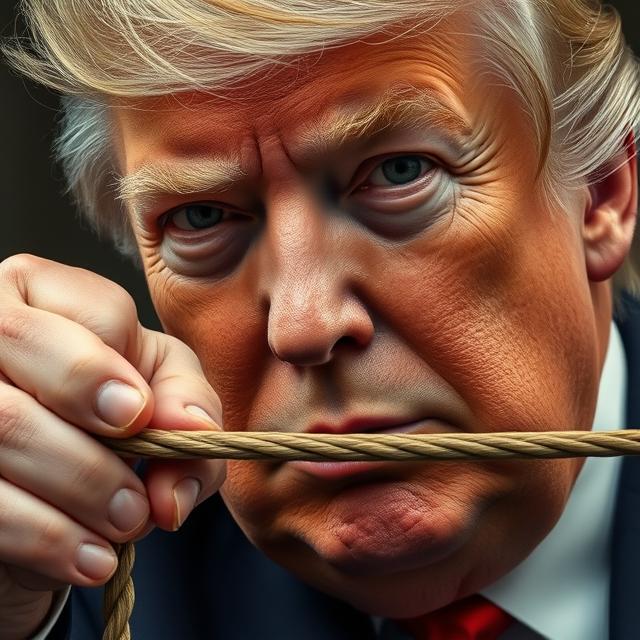As a nation, we have witnessed the rise and fall of various executive orders that shape our lives and laws. One such order, recently signed by President Donald Trump on April 28, 2025, is often overlooked for its potential implications on our democracy. Today, I will delve into the nuances of the Executive Order, “Strengthening and Unleashing America’s Law Enforcement to Pursue Criminals and Protect Innocent Citizens.” This order sets a precedent that could lead us closer to martial law than we may initially realize.
At first glance, the purpose of this order appears straightforward – to empower state and local law enforcement agencies, provide legal defense for law enforcement officers, and surge resources to aid in their duties. However, upon closer examination, it becomes evident that certain executive actions within this order can be seen as paving the way for martial law.
One such action is Section 3(a), which allows the Attorney General and other relevant heads of executive departments and agencies to provide new best practices to state and local law enforcement agencies to “aggressively police communities against all crimes.” This provision grants the administration significant authority over how law enforcement operates, potentially undermining the checks and balances in our system.
Section 4(a) is another concerning aspect. It instructs the Attorney General and Secretary of Defense to increase the provision of excess military and national security assets in local jurisdictions to assist state and local law enforcement. This blurs the lines between civilian law enforcement and the military, potentially creating a scenario where martial law can be more easily implemented.
Furthermore, Section 5, which deals with holding state and local officials accountable, contains language that could be interpreted as a warning shot at any jurisdictions that do not comply with the administration’s vision. The Attorney General is tasked with pursuing legal remedies against states or localities whose officials engage in “willful and unlawful” obstruction of criminal law or civil-rights violations under the guise of “diversity, equity, and inclusion.” This provision creates an atmosphere of intimidation, making it more likely that local governments will conform to federal expectations rather than asserting their autonomy.
In conclusion, the Executive Order may seem like a straightforward attempt to empower law enforcement at first glance. However, upon closer inspection, it reveals a pattern of executive actions designed to expand the federal government’s influence over state and local authorities, potentially paving the way for martial law in the future. As citizens, we must remain vigilant and critically examine the actions of our leaders, ensuring that our system of governance remains robust and resilient.
You can read the Official Executive Order by Clicking Here.
Sourced from https://www.whitehouse.gov
